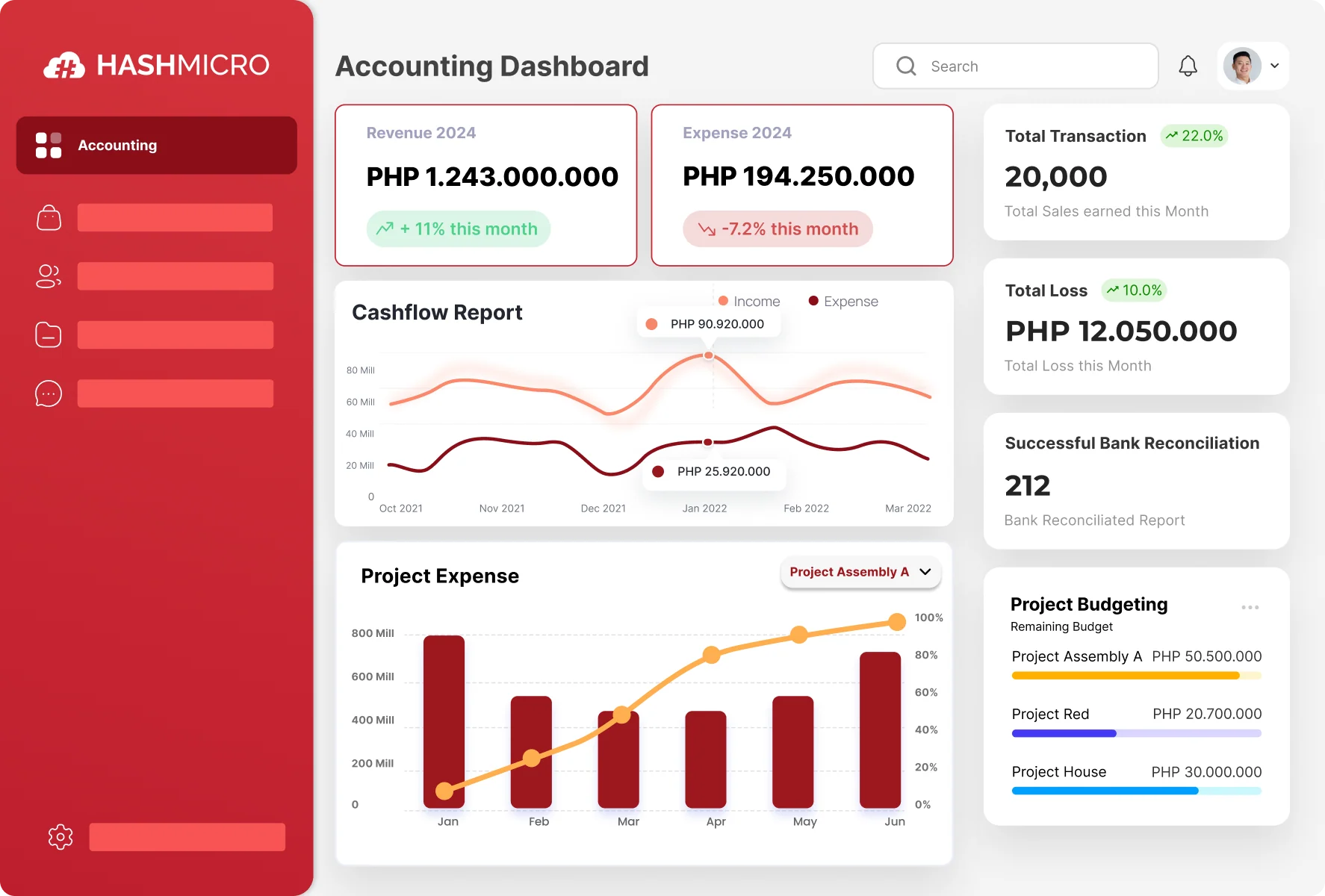How do companies maintain operational efficiency and growth while managing their finances? The answer lies in effective pamamahala ng utang.
To ensure smooth operations, companies often rely on debt, making effective debt management crucial. A robust financial management system is essential, and one key component is the financial ratio that evaluates the structure of a company’s debt. This includes understanding the debt to equity formula, which helps in assessing how debt and equity are balanced.
The debt to equity ratio (D/E) is a commonly used financial metric in accounting system. It provides valuable insights into a company’s debt levels relative to its equity. Understanding this debt to equity meaning is crucial for making informed strategic decisions, as it reveals how much debt the company has compared to its equity.
This article will clarify the debt to equity ratio definition and guide readers on how to calculate it. Additionally, it will explain the significance of both short-term and long term debt to equity ratio in financial analysis. For a comprehensive understanding, please refer to the detailed explanation provided below.
Table of Contents
Key Takeaways
|
Understanding the Debt-to-Equity Ratio (D/E)
Debt-to-equity (D/E) ratio is used to evaluate a company’s financial leverage by dividing its total liabilities by shareholder equity. This debt ratio is a critical metric in corporate finance, often referred to as the leverage ratio, and is frequently used to assess a company’s investment potential.
The D/E ratio provides a clear debt ratio interpretation of how a company’s debt compares to its equity. It measures the proportion of debt relative to equity, helping investors and analysts understand the company’s financial structure and risk level. This understanding is crucial for making informed investment decisions.
Experts, including Kasmir, emphasize that the debt ratio compares total debt, including current liabilities, with total equity. This comparison, also known as the long term debt to equity ratio, is vital for assessing the balance between debt and equity in a company’s capital structure.
Debt to Equity Ratio Functions
After understanding its definition, you might wonder about the functions of the debt to equity ratio. Its primary role is to reveal the composition of a company’s debt relative to its equity, which is essential for making informed financial decisions.
Additionally, the D/E ratio helps assess a company’s ability to meet its debt obligations. A higher ratio may signal potential difficulties in servicing debt, which is critical information for both management and stakeholders.
The ratio impacts both creditors and investors: creditors assess lending risks, and investors gauge financial stability. A D/E ratio above 1.0 suggests higher risk, while a ratio below 0.5 indicates a more conservative approach.
D/E Formula and How to Calculate It
To calculate the debt-to-equity ratio, use the following formula:
Debt/Equity Ratio = Total Liabilities / Total Shareholders’ Equity
Explanation:
- Debt refers to the obligations the company must repay to creditors.
- Equity represents the ownership interest in the company, including capital and retained earnings. Managing these assets effectively requires a robust asset management system.
Debt is categorized by its repayment period: current debt covers short-term obligations like salaries and supplier payments tied to daily operations. Long-term debt consists of larger sums with higher interest rates, such as bank loans, and generally should be minimized due to its higher cost.
Example of D/E Calculation
Consider Orange Fine Pte Ltd., which reported total liabilities of 2,500,000,000 and shareholders’ equity of 1,200,000,000 in its 2018 annual financial statements. To calculate the debt-to-equity ratio, use the formula:
D/E Ratio = Total Liabilities / Total Shareholders’ Equity x 100%
Substituting the values:
D/E Ratio = 2,500,000,000 / 1,200,000,000 x 100%
D/E Ratio = 2,083 times or 208.3%
Therefore, the D/E of Orange Fine Pte Ltd. is 208.3%.
Benefits of HashMicro Accounting System for Precise D/E Calculations
The advantage of using an accounting system to calculate the debt ratio is crucial because it ensures accuracy and efficiency in managing financial data.
A reliable accounting system allows for quick and precise calculation of the debt ratio, an important indicator of a company’s financial health and its impact on return on equity.
By maintaining accurate financial records, businesses can better assess their leverage, make informed decisions, and optimize their return on equity for long-term growth.
Optimize your company’s financial management with HashMicro’s accounting software! Here are the benefits of selecting our accounting software:
- Financial ratio: Automatically calculates financial ratios, including the debt-equity ratio, based on the data you input into the system.
- Complete financial statements with period comparison: Analyzes financial performance, including debt and equity components, through detailed financial statements for different periods.
- Equity movement report: This report provides detailed reports on equity changes, simplifying the tracking of equity fluctuations used in Debt-to-Equity Ratio calculations.
- Multi-level analytical: Allows for in-depth analysis of debt and equity by project or branch, enabling more precise calculations.
- Cashflow reports: While not directly related, cash flow reports offer insights into the company’s debt management capabilities, impacting the Debt to Equity Ratio.
By choosing HashMicro’s accounting software, you can enhance your financial management with precise calculations and comprehensive analysis tools. Let our advanced features streamline your processes and support informed decision-making for sustained financial success.
Conclusion
The debt-to-equity ratio assesses a company’s financial leverage by comparing total liabilities to shareholder equity. This calculation reveals the company’s capital structure’s balance between debt and equity. It is crucial for determining how a company finances its operations and for making informed financial decisions.
This ratio also serves as an important consideration for creditors and investors. Creditors use it to evaluate the risk of extending credit, while investors rely on it to gauge the company’s financial health and make investment choices.
In accounting, HashMicro offers advanced accounting software to enhance transaction recording and financial statement accuracy. HashMicro’s accounting software includes features like a financial dashboard, cash flow forecasting, and rapid bank reconciliation.
Makipag-ugnayan sa amin para sa pinakamahusay na mga alok at upang ayusin ang isang libreng demo!





































